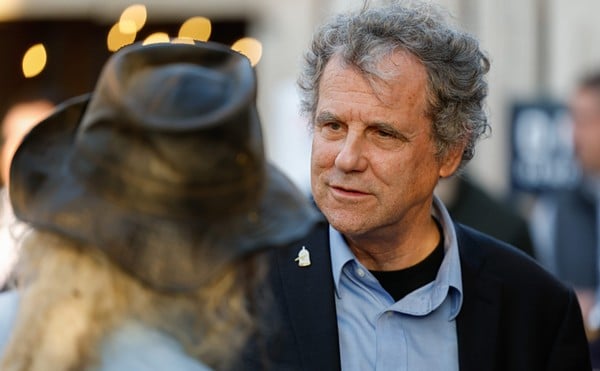It’s complicated and not very sexy, but don’t fool yourself: The messy debate going on in Congress right now about health care reform will affect every single American.
Forty-six million people, including 9 million children, are uninsured in the U.S. To put that statistic in perspective, that’s just a tad less than the combined populations of California and Ohio and is larger than some Third World nations.
The number of uninsured has grown consistently each year since Bill and Hilary Clinton tried and failed in 1993 to implement some reforms.
At that time, Americans were told by critics of that effort — mostly Republicans and the doctors’ unions — that they also were alarmed by the situation but had better solutions than large-scale government intervention.
Now, 16 years later, not only have those mythical private sector reforms not occurred but health care costs have skyrocketed. Even the business community, originally opposed to major reforms, concedes changes are needed to take a sizeable burden off their profit-and-loss sheets.
If you listen to critics of President Obama’s effort to overhaul the health care delivery system, you’d think these are all dangerously new ideas. Baloney.
President Franklin D. Roosevelt first proposed implementing some type of universal health care coverage in November 1934, an astonishing 75 years ago. He failed due to demagoguery by groups like the American Medical Association (AMA), which stoked fears of communism and socialism to defeat the initiative.
FDR tried once more in 1939 to implement universal health care, and that too went down in flames.
Harry Truman tried again in late 1945. This time, the AMA was joined by the pharmaceutical industry in opposition, dragging out the specter of communism as a battering ram against a confused public.
After Lyndon Johnson won a landslide victory in 1964, he quickly exploited his political capital by rushing through legislation that created Medicare and Medicaid, government-subsidized health care coverage for the poor and elderly. Although people today might debate what tweaks are needed to improve those two programs, virtually no one says they should be eliminated.
Still, the AMA had Ronald Reagan record a scary album about how it would lead us down a slippery slope to tyranny. Those albums were given to the wives of doctors, who played them at house parties for their friends.
Flash-forward to today: The AMA, Senate Republicans and some Democrats who receive big campaign contributions from the medical industry are pushing to delete the so-called “public option” part of the health care plan that’s emerging. That option involves the creation of a government-sponsored insurance plan to compete with private insurance providers.
The public portion is important because it would provide a fallback for people who private companies simply won’t insure . More importantly, it would use economies of scale to negotiate lower prices from physicians and drug companies, providing an incentive for private plans to do the same and get serious about eliminating waste.
The AMA shouldn’t be driving the debate at all: Let’s remember it represents only about 19 percent of the nation’s 900,000 practicing physicians. The sole reason the group still wields such clout is the stacks of cash it doles out to members of Congress.
We shouldn’t be surprised that groups who profit handsomely from the current system are opposed to real change. The 46 million uninsured Americans, though, outnumber them. It’s their voices that Congress should hear.
CONTACT KEVIN OSBORNE: [email protected]





